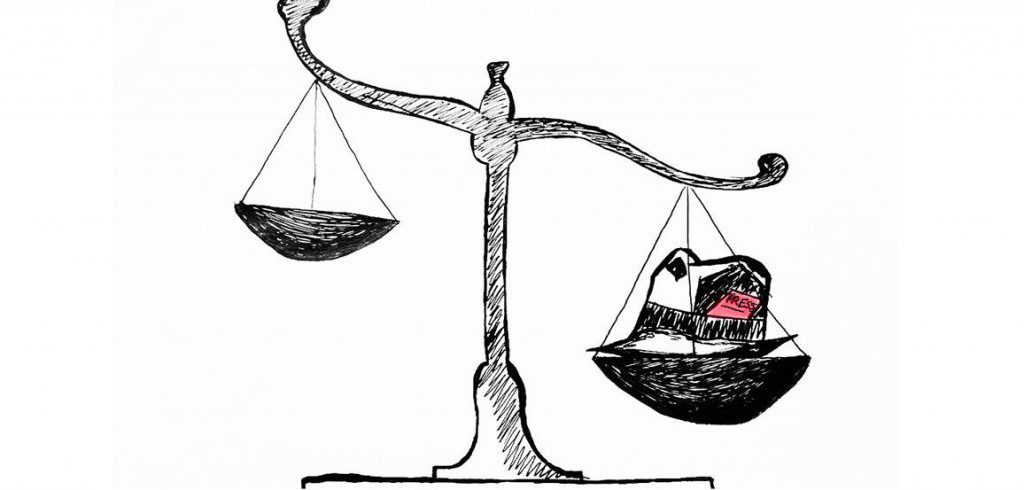Six years after reporting on a B.C. surgeon whose patients had a troubling tendency to experience serious post-op complications, Kathy Tomlinson and CBC successfully invoked the relatively new defence of responsible communication to win a defamation lawsuit.

Dr. Fernando Casses, who had his medial license revoked in Arizona before moving to B.C. to work as a surgeon, initially sued three former patients who had been quoted in Tomlinson’s story. This is known as a Strategic Lawsuit Against Public Participation (or a SLAPP suit). The complainants in SLAPP cases don’t typically expect to win the case but instead target individuals without the money to defend themselves in a lengthy legal battle. The patients, who had been on the brink of death years earlier due to mistakes made by Casses during surgery, were particularly vulnerable targets.
“That was the hardest part for me—they put their trust in me and then they were sued,” Tomlinson says, expressing guilt at her role in exposing the patients to a lawsuit. “It was horrible,” she says.
Soon after Casses launched his suit against former patients, CBC became involved, using its legal resources to defend both Tomlinson and her sources. The resulting court battle was a gruelling experience for Tomlinson, who, over the course of long days on the stand, saw her story ripped apart and her character attacked. Roger McConchie, Casses’ lawyer, called Tomlinson’s story “a disgrace to journalism,” among other things.
Responsible communication, a legal defence first used by Torstar in December 2009, was created to bolster a journalist’s ability to defend themselves against libel (prior to 2009, the best defence was absolute truth—difficult to prove for even the most well-reported stories). It allows defamatory stories in the public interest to go unpunished as long as the journalist can prove they were thorough and balanced in reporting and verifying facts.
Though easier to prove than total truth, responsible communication is by no means an easy defence. Even Tomlinson, who had done over three months of reporting prior to the September 2009 story on Casses, found the process exhausting. In the end, though, she was able to prove she’d done everything in her power to report a balanced an accurate story—even to the point of showing up uninvited to Casses’s house with the allegations against him. Not long after Casses refused to speak with Tomlinson, CBC received a chill letter from his lawyer.
After delaying one week to double-check each detail, CBC decided to go ahead with Tomlinson’s story, believing it to be solid in the event of a lawsuit. And, thankfully, they were right. In an exhaustive, 169-page verdict, Justice Elaine Adair ruled that Tomlinson had done nothing wrong, and that “a more complete reporting of the facts would only have been more damaging for Dr. Casses.”
Following her legal win, distanced from long days defending herself against Casses and McConchie in the hyper-adversarial atmosphere of the legal process, Tomlinson is able to see her trial as an excellent learning experience. She came out of it with a better understanding of what it takes to responsibly communicate in the eyes of the law, as well as advice for fellow journalists who may find themselves in similar predicaments.
“Know that you have this defence at your disposal, and report accordingly,” she says. “If you don’t take good notes, if you don’t give the other side an adequate and full chance to respond, if you’re not thorough, if you’re not diligent, if you’re not fair and even-handed, this defence will not help you.”
The original version of this story has been corrected to ensure accuracy.
About the author
Jonah Brunet is copy and display editor for the Spring 2016 issue of the Ryerson Review of Journalism.

You’ve an excellent blog here! Do you want to make some invite articles on my blog?